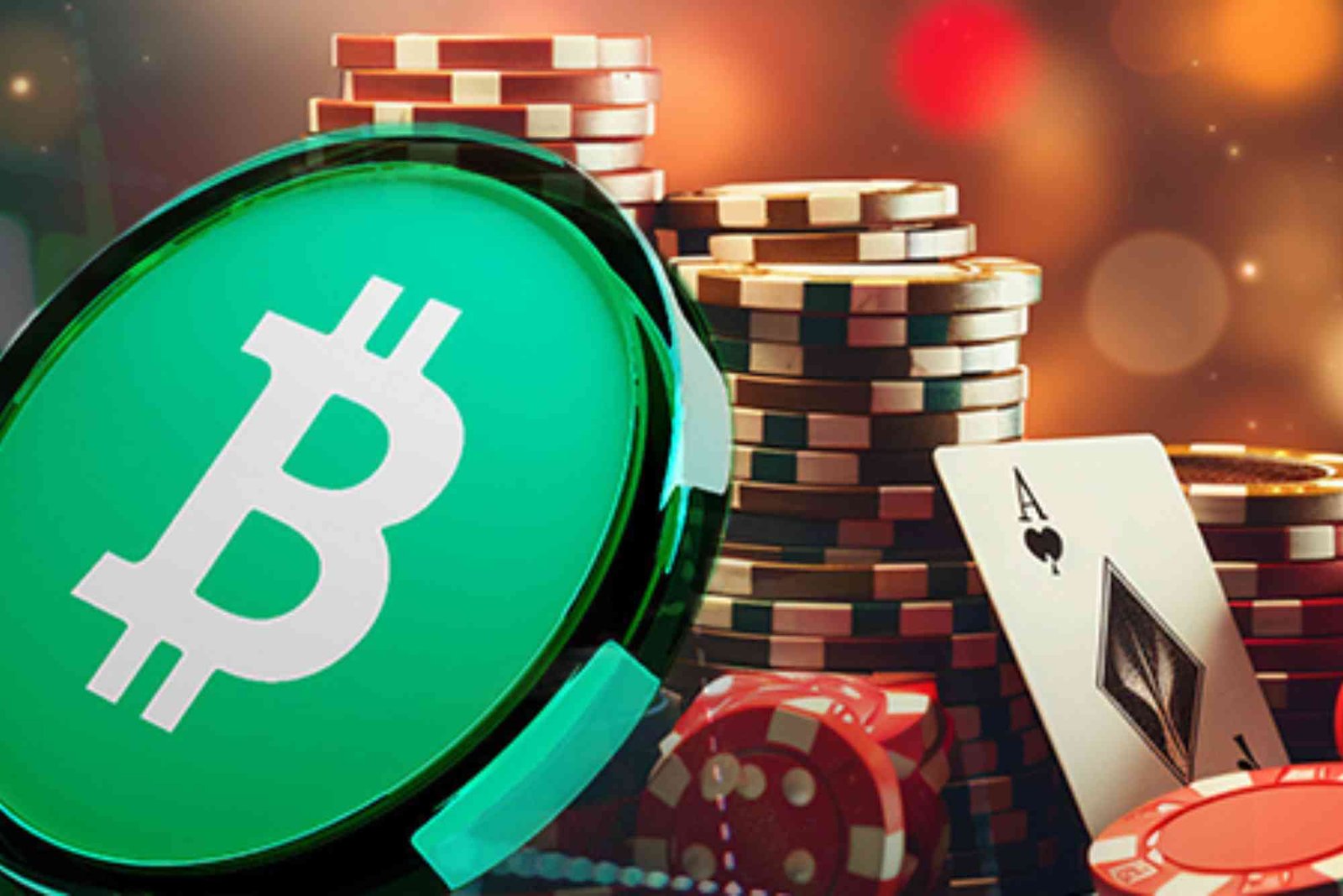Mobile slots have taken what used to be a desktop diversion and turned it into a pocket-sized blend of probability, design psychology, and lightweight real-time math. Among all the features developers layer onto modern titles—cascading reels, expanding wilds, buy bonuses—the one mode that consistently spikes player excitement (and retention metrics) is the free spins round. Players talk about “hitting their bonus,” streamers build suspense around near-misses, and game studios meticulously A/B test how scatter symbols animate because they know this feature is the emotional anchor of the session. In this long-form guide I’ll demystify exactly how free spin mode works in mobile slots, from trigger mechanics and volatility shaping to RTP allocation, multiplier ladders, and strategic considerations for bankroll management on a small screen.
What Is Free Spin Mode Really Doing Under the Hood?
At surface level free spins are “free” reel spins that don’t deduct from your balance while still capable of producing wins. Under the hood they are a separately modelled state machine—a conditional sub-game whose expected value (EV) is pre-budgeted into the slot’s overall Return to Player (RTP) and volatility profile. When a studio advertises, say, 96.20% RTP, that figure is typically a weighted blend of the base game RTP and the free spin (and sometimes other feature) RTP portions, each with different variance. Trigger frequency and average bonus payout are carefully tuned so the mathematical cost of giving you those heightened-spin sequences is baked into the long-run paytable rather than magically conjured value.
Modern mobile slot frameworks implement free spins as a state change flag. On trigger, a counter is initialized (e.g., 10, 12, 15 spins) along with any modifiers: multiplier baseline, sticky symbol arrays, progressive meter resets, or alternative reel strips. Each subsequent spin decrements the counter unless a retrigger condition (usually extra scatters) adds more spins. Behind your screen tap is a pseudorandom number generator (PRNG) call seeded and hashed to ensure fairness and auditability; the “feel” of momentum is UI layering—staggered reel stop animations, sound envelopes, slight latency tweaks—but the outcome seed is already locked before you visually “see” the symbols land.
In the broader competitive landscape—especially in markets where alternative product verticals like live games, crash titles, or even innovation spilling over from crypto betting sites uk are competing for dwell time—free spin design has become a battleground of innovation. Developers keep iterating on modifiers (persistent wild reels, symbol collection for meta multipliers, gamble wheels) because the bonus round remains the clearest emotional payoff loop for the mobile player.
Core Components of a Free Spin Feature
1. Trigger Mechanics
Most classic triggers involve landing a set number of scatter symbols (often 3+). The actual probability is far lower than it feels because UI “teasing” (stopping first two scatters early, slowing the final reel) amplifies salience. Some games use meter collection (collect X special tokens over any number of spins) to soften variance by letting you see incremental progress rather than purely waiting on a discrete scatter event.
2. Reel Strip Alteration
Once free spins start, the game may load alternate reel strips—symbol distributions skewed toward higher-value symbols, extra wilds, or special “upgrader” icons. This is how the bonus achieves headline win potential without simply spamming huge line hits in the base game (which would flatten excitement gradients). Studios pre-test these alternate strips to align the bonus average payout with target volatility curves.
3. Multipliers
Multipliers can be static (e.g., all wins ×3) or progressive (each win increments a ladder). Progressive multipliers create a convex EV distribution: many mediocre bonuses, a chunky tail of explosive outcomes. Some mobile slots add cascading wins inside free spins; each cascade increments the multiplier, compounding potential, while also lengthening average feature duration (which player psychology perceives as “value time”).
4. Sticky or Expanding Wilds
Sticky wilds that remain locked for subsequent spins simulate an increasing hit rate. Expanding wild reels plus multipliers escalate volatility steeply; game designers throttle frequency of expansion triggers to prevent overall RTP drift.
5. Symbol Collection & Transformations
Collecting items (e.g., golden coins) to upgrade low symbols into mid or premium ones mid-bonus increases symbol density EV late feature, injecting a “ramp” narrative. This prolongs engagement because even an early dud-looking bonus can rehabilitate with late upgrades.
6. Retriggers
Retriggers add depth but also must be probability-bounded. If retrigger chances are too generous with sticky wild accumulation, the tail of potential becomes dangerously wide for the operator. Some games solve this by reweighting scatter frequency downward once a certain spin count threshold is reached or by capping maximum retriggers.
7. Gamble / Choose Mechanic
Players may choose between higher spin count + lower multiplier vs. fewer spins + higher starting multiplier. This front-loads agency. Statistically the options are often balanced in long-run EV; the real differentiator is variance preference. On mobile, developers design buttons big and one-tap to minimize friction while preserving a sense of control.
RTP Allocation and Volatility Engineering
Think of total RTP (e.g., 96.2%) as:
RTP_total = RTP_base * (1 – P_trigger) + RTP_bonus * P_trigger (simplified).
Designers pick a target average bonus payout (say 80× bet), a trigger frequency (1 in 180 spins), and then adjust reel strips and multiplier logic until simulation outputs converge. If they increase average bonus payout for marketing (e.g., “Max Win 10,000×!”) they must often reduce base game hit rate or bonus frequency to keep overall RTP stable.
Volatility is manipulated by: (a) high multipliers with low base symbol density (spikier results), (b) sticky or persistent components (reducing low-end zeros), and (c) retrigger ceilings. Mobile adaptation adds constraint: session length is shorter. So some recent titles compress variance by offering mini-feature seeds that progress toward bonus (collection meters visible on small screens) so you feel momentum even in a five-minute commute session.
Mobile-Specific UX Optimizations
Touch interfaces allow “quick spin,” “turbo,” or even “hold to skip win count-up.” Developers A/B test whether speeding through base spins increases retention or undermines anticipation of the bonus. Interestingly, controlled friction (brief slowdown when two scatters land) raises perceived near-miss frequency, boosting engagement without altering true odds. Haptic feedback on iOS/Android (micro vibration when a third scatter scrolls past) adds a tactile dimension—again, cosmetic, not altering RNG.
Screen real estate shapes information density: free spin counters are large, multipliers anchored at corners, and progress meters wrap frames. Designers must maintain legibility under one-handed play. They also optimize asset compression so animation frames of wild expansions don’t cause jank on mid-tier devices—lag inside a bonus round kills perceived fairness.
Strategic Player Considerations
Bankroll Segmentation
Because free spin EV is a material portion of total RTP, your profit “hope” is often concentrated in those bonus bursts. Practical tip: define sessions in multiples of average trigger cost (average cost ≈ trigger frequency × average bet). If trigger frequency is 1/160 spins at £0.40 stake, expected cost to see a bonus is ~£64 (variance large). Carrying only £20 expecting a bonus quickly leads to frustration.
Volatility Matching
If a free spin round features progressive multipliers and sticky wilds, its variance tail is wide: be prepared for long dry spells. Conversely, collection-style bonuses (e.g., transform low symbols gradually) smooth variance; you can tailor stake size upward slightly because bankroll swings are gentler.
Gamble Decisions
When offered 10 spins @×2 vs 6 spins @×4, the EV may be near-equal, but consider symbol upgrade dynamics. If the game has a progressive multiplier within the feature, starting higher might snowball faster. If the game’s enhancements rely on accumulating sticky wilds over time, the longer spin set can be superior. Reading the paytable for explicit upgrade triggers informs the choice (most players skip this on mobile—easy edge if you don’t).
Buying Bonuses (Buy Feature)
Some mobile slots let you purchase immediate free spins for a multiple of your bet (e.g., 80×, 100×, 200× for enhanced variants). Buying shortens variance timeframe but not house edge; occasionally the buy version has slightly different RTP (listed separately). If an “enhanced” buy adds starting wild reels, its variance spikes—treat larger potential max wins with strictly enforced stop-loss and stop-win boundaries.
Session Data Tracking
A simple note of spin counts between bonuses discourages cognitive bias (“I always go 300 spins without a bonus”). Over time you’ll see clustering around the simulated mean, with occasional outliers—healthy perspective setter.
Developer & Operator Motivations
Engagement Loop Engineering
Free spins deliver a scripted arc: anticipation (near misses), trigger celebration, mid-feature build, climax (multipliers + last spin tension), resolution (count-up). On mobile, this mini narrative compresses into a shareable moment (stream clips, screenshots).
Monetization & Retention
Retention cohorts tied to early bonus experience: some studios slightly front-load early triggers in “soft launch” demos to teach the feature quickly, then revert to normal distributions after tutorial gating. Transparent studios disclose tutorial mode; others risk player distrust if early luck never repeats.
Responsible Play Integration
Designers increasingly add “feature completion timers” or reality checks post-bonus. Some mobile frameworks detect rapid stake escalation after a poor bonus (chasing) and surface a nudge (“Consider a break—your last 15 minutes exceeded average bet size”). Ethical tuning reduces harm without neutering excitement.
Free Spin Math Edge Cases
Dead Bonus Syndrome
Occasionally a feature yields tiny wins (<5× bet total). To mitigate disappointment, some games apply a minimum guarantee (e.g., if total bonus win <10× bet, award top-up). That guarantee cost is priced into overall math—perceived generosity, not free money.
Scatter Overlays
Some titles overlay a “scatter frame” that persists between spins (if a scatter lands inside it, it becomes sticky) creating a quasi memory system—players misinterpret this as improving odds over time; mathematically it does alter distribution but balanced elsewhere.
Win Cap Interactions
Max win caps (e.g., 5,000×) can truncate theoretical EV if multiplier ladders plus symbol upgrades would go beyond the cap; once reached, feature often auto-terminates. Reading game rules reveals whether cap forcibly ends free spins or just blocks excess—affects tail potential.
Emerging Innovations
Adaptive Free Spin Paths
Dynamic awarding of extra modifiers based on session volatility (more dead spins → consolation wild reel) is on the rise. These adaptive components—cautiously regulated—aim to smooth negative emotional spikes on mobile where micro-sessions determine uninstall decisions.
Hybrid Skill Layers
Light skill mini-picks after a scatter trigger (choose a chest to determine starting multiplier) inject perceived agency. RNG seeds underlying chests mean expected value unchanged, but user satisfaction increases. Expect more timed tap interactions calibrated to not breach regulatory lines separating chance from skill gambling definitions.
Cross-Vertical Synergy
Sportsbook bet tokens or loyalty points convertible into slot free spin modifiers, particularly in integrated super-app ecosystems, let operators funnel traffic. Watch for “mission passes” where daily mobile logins increment a meter leading to upgraded free spins at week’s end—classic retention loop borrowed from mobile gaming.
Practical Checklist Before You Spin
-
Read paytable multiplier and retrigger sections (30 seconds).
-
Note trigger frequency estimate (sometimes community-reported).
-
Decide budget in trigger-cost multiples.
-
Set hard stop (profit and loss).
-
If buy feature exists, compare listed RTP vs standard mode.
-
Track first few sessions—does variance align with your emotional comfort zone?
Final Thoughts
Free spin mode is not a mystical generosity button; it’s a mathematically budgeted distribution enhancer that packages variance into an emotionally resonant burst. Understanding its structural components—trigger probability, alternate reel strips, multipliers, sticky mechanics, retrigger logic—lets you calibrate expectation, manage bankroll intelligently, and extract entertainment value without drifting into impulsive stake escalation. Mobile optimization refines pacing, feedback, and animation polish, but the core RNG fairness remains platform agnostic. Approach each free spin round as one data point in a long series rather than a verdict on your “luck,” and you’ll maintain both perspective and longevity in your play.



